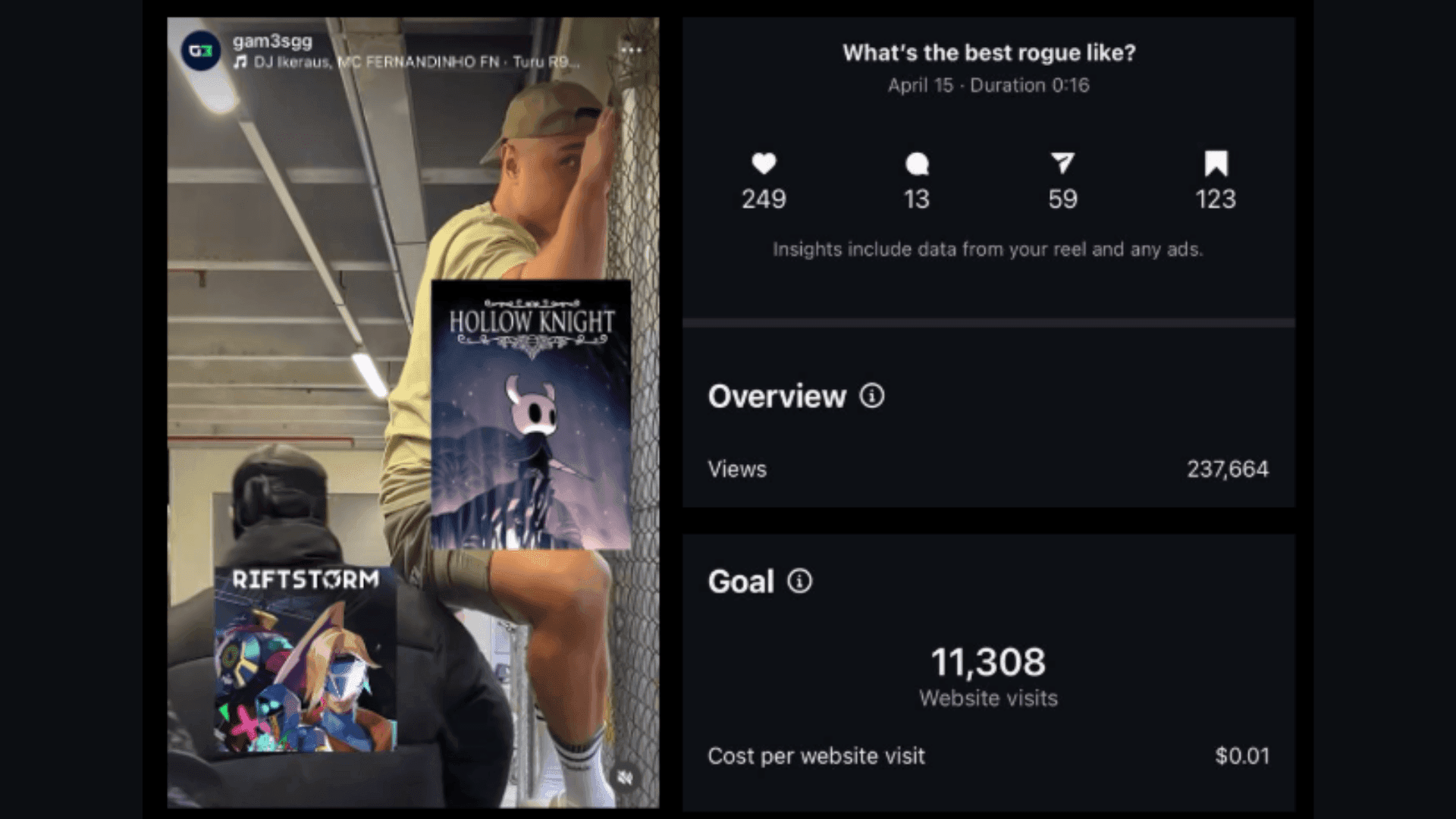Parcel Simulator, a first-person automation and inspection simulator, launched on Steam on June 20 and has already sold over 55,000 units, earning "Overwhelmingly Positive" reviews in the process. Despite being created by a solo developer with no background in game development or marketing, the title has quietly climbed the charts to become one of the most talked-about indie simulator games of the summer.
A Solo Project Built in Spare Time
The game’s developer, Dan of UK-based Dansan Digital, works full-time as a software engineer in an unrelated industry. Development on Parcel Simulator began more than two years ago and was initially a nights-and-weekends project. It only transitioned into a more intense schedule in the final six months leading up to launch, during which Dan dedicated nearly all of his free time to polishing and completing the game.
The result is a simulator that initially resembles inspection-based games like Papers, Please but quickly evolves into an automation-focused experience, echoing elements of Satisfactory. This genre-blending gameplay appears to have resonated strongly with players looking for more depth than traditional shopkeeping simulators typically offer.
Strong Engagement and Retention Metrics
Since its launch, Parcel Simulator has maintained a peak concurrent user count (CCU) of around 3,600 and still averages 1,000 daily CCU. Even more notable are the player engagement metrics: a median playtime exceeding 10 hours and an average playtime of over 14 hours. These figures suggest a high level of replayability and retention - key indicators of sustained player interest.
This performance places Parcel Simulator close to the top 20 Steam debuts by unit sales for June 2025, a significant achievement for an independently developed game with virtually no advertising budget.
Gameplay That Encourages Optimization
A major contributor to the game’s success is its gameplay loop, which offers a satisfying progression from manual parcel inspection to systematized automation. This transition appeals to both casual players and optimization-focused audiences, including influencers on platforms like YouTube who find the process of streamlining systems an appealing content hook.
Steam player reviews reflect this sentiment, with many noting that the game goes beyond typical simulator fare. One review described it as “one of those high-quality simulator games that transcends streamer bait,” highlighting its depth and mechanical sophistication.

Parcel Simulator Hits 55k Sales on Steam
Community Testing and Feedback
Dan emphasized the importance of user feedback in shaping the final product. A public demo released during Steam’s Next Fest in February 2025 helped build momentum and provided valuable insight into player preferences. In addition to this, a private playtest involving friends and Discord community members was instrumental in identifying pain points and refining gameplay elements.
The Steam wishlist trend corroborates the demo’s impact. Dan reported a long period of stagnation (averaging just 0–3 wishlists per day) until the demo launch, which catalyzed exponential growth in interest and visibility.
Minimal Marketing, Maximum Impact
One of the most striking aspects of Parcel Simulator’s rise is the near-total absence of traditional marketing. Dan spent approximately $50 on a Keymailer subscription and avoided paid ads or sponsored content. Outreach efforts were limited to emailing content creators and offering keys through Keymailer, both of which generated meaningful results.
Mainstream media coverage was virtually nonexistent. A trailer posted on a major gaming YouTube channel failed to resonate with general audiences. Instead, the game’s growth was largely driven by Steam’s internal recommendation algorithms, which began surfacing the title across various discovery sections post-launch.

Parcel Simulator Hits 55k Sales on Steam
Global Sales Distribution
The game's strongest market has been the United States, which accounted for 29.2% of total units sold. Germany followed at 19.7%, a higher-than-average figure. The UK (9.0%), France (6.9%), Canada (3.5%), and the Netherlands (3.3%) also contributed significantly. Despite localization, sales in China remained under 750 units.
Audience and Player Overlap
According to data from GameDiscoverCo, Parcel Simulator shares a notable audience overlap with other simulator titles. These include Schedule I (55%), Supermarket Simulator (50%), and Satisfactory (48%). The game also has strong affinity with niche simulators such as Recycling Center Simulator (41%) and Cash Cleaner Simulator (39%).

Parcel Simulator Hits 55k Sales on Steam
Standing Out in a Crowded Genre
June 2025 saw the release of 39 games with “Simulator” in their title on Steam alone. While the genre continues to grow, only a few titles manage to break through. In contrast to others like Plant Nursery Simulator, which also boasts near-perfect user reviews but peaked at just 200 CCU, Parcel Simulator's ability to retain users and generate buzz indicates a stronger hook and broader appeal.
Final Thoughts
Parcel Simulator’s success underscores the value of engaging gameplay, community-driven development, and effective use of platform-specific algorithms. It demonstrates that even in a saturated genre, well-crafted experiences can rise to the top -without the need for traditional marketing or large development teams. As simulator games continue to evolve, titles like Parcel Simulator offer a glimpse into how thoughtful mechanics and grassroots support can translate into commercial and critical success.




